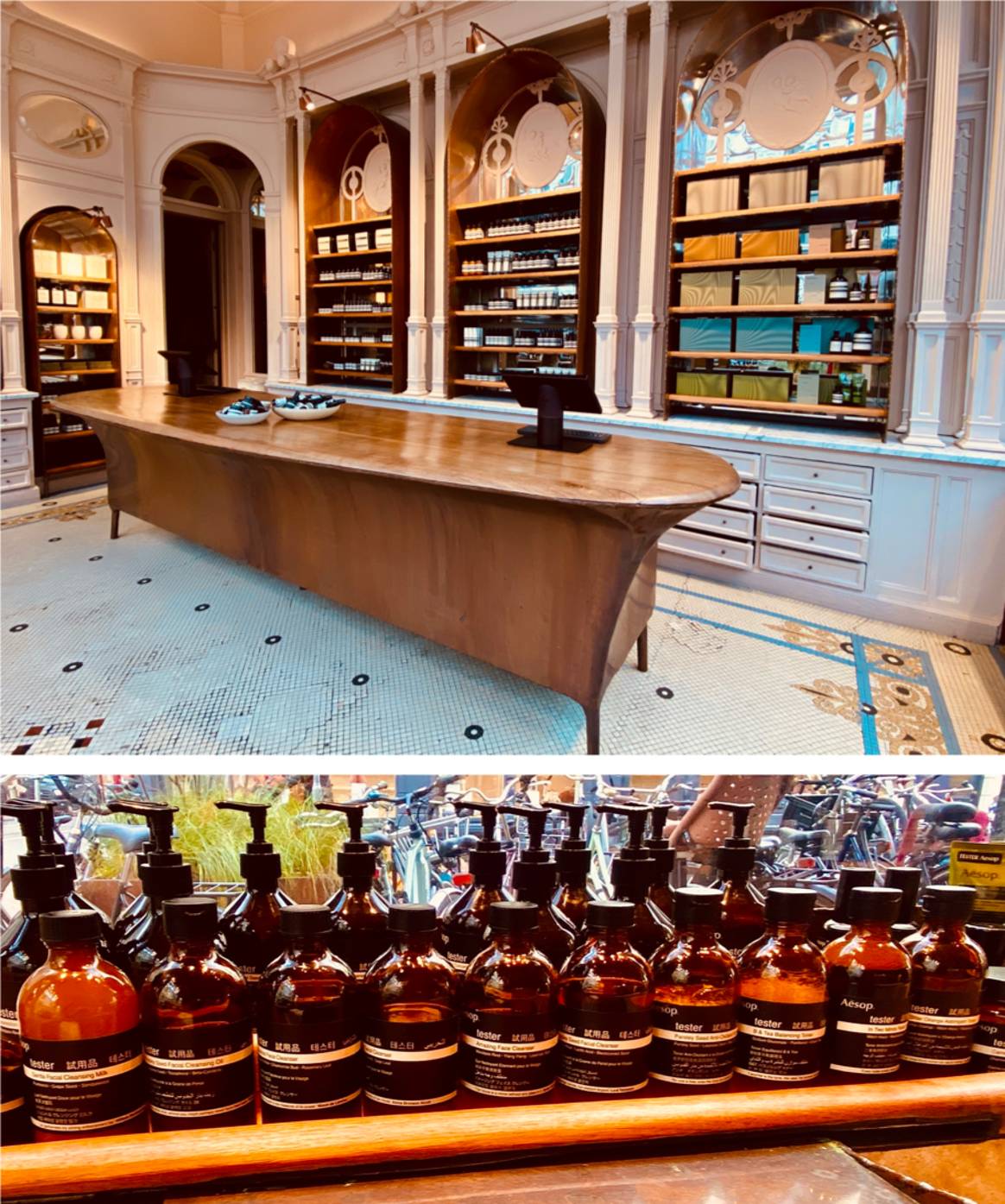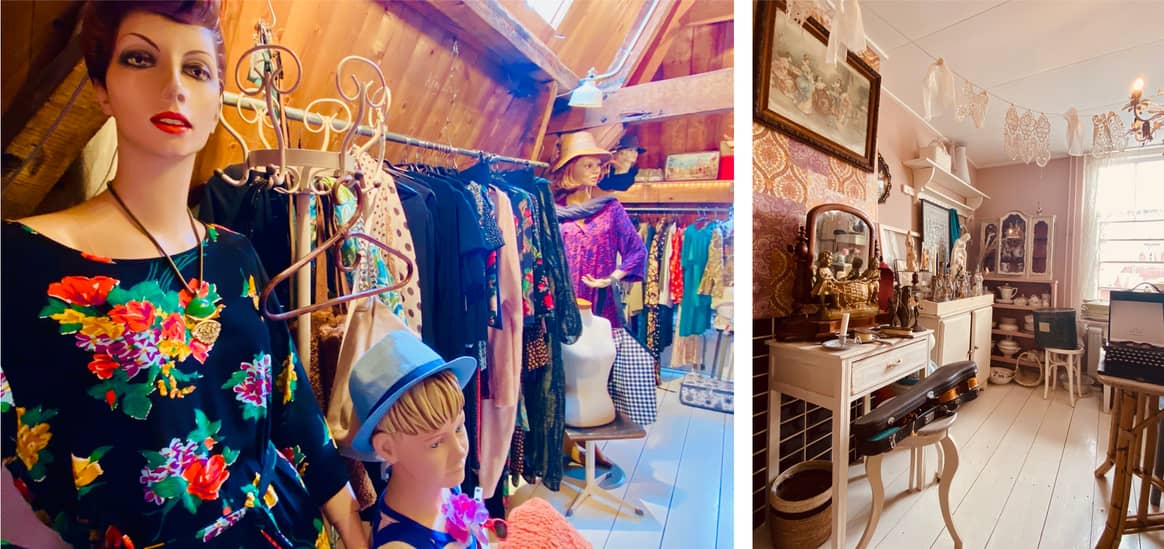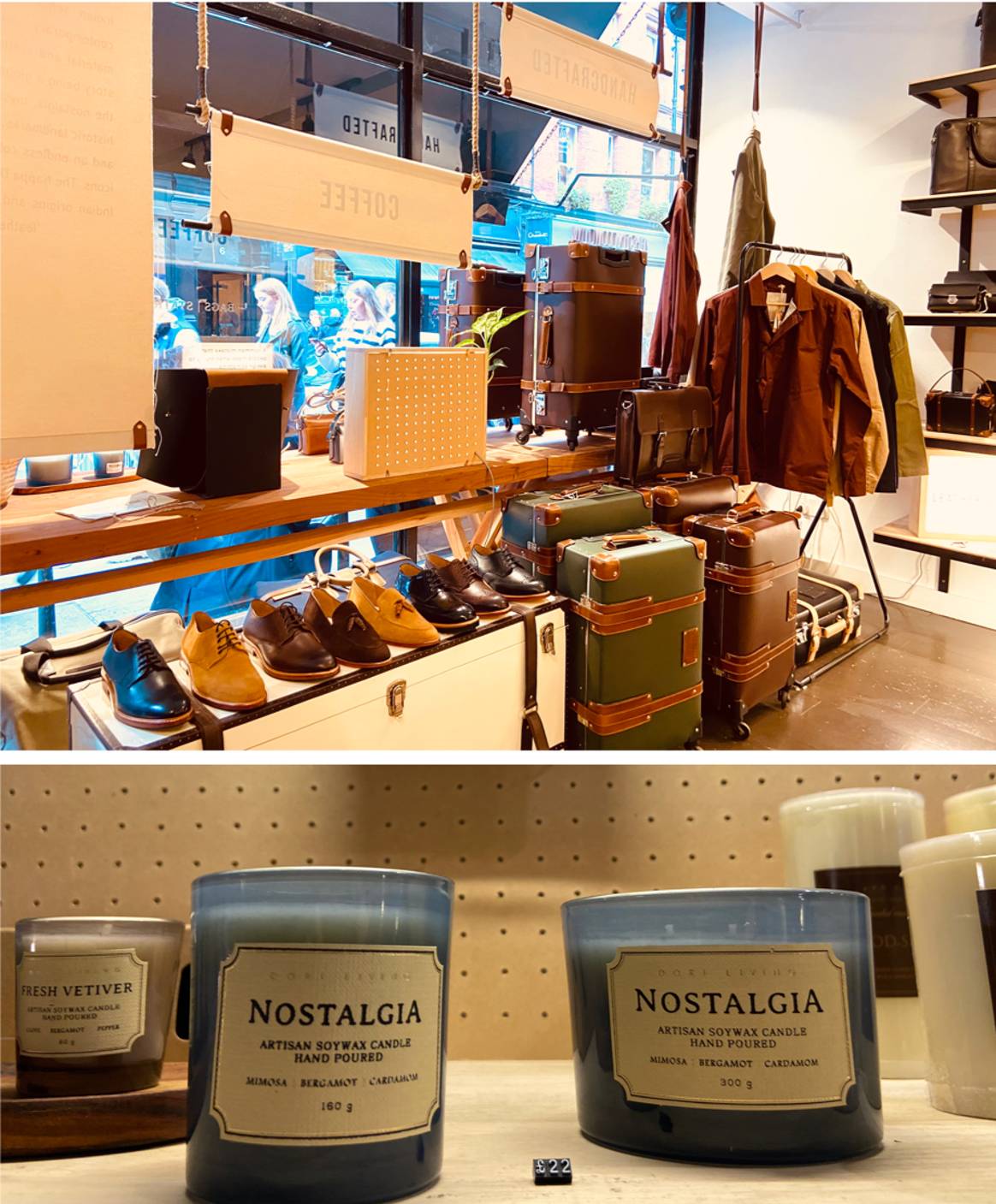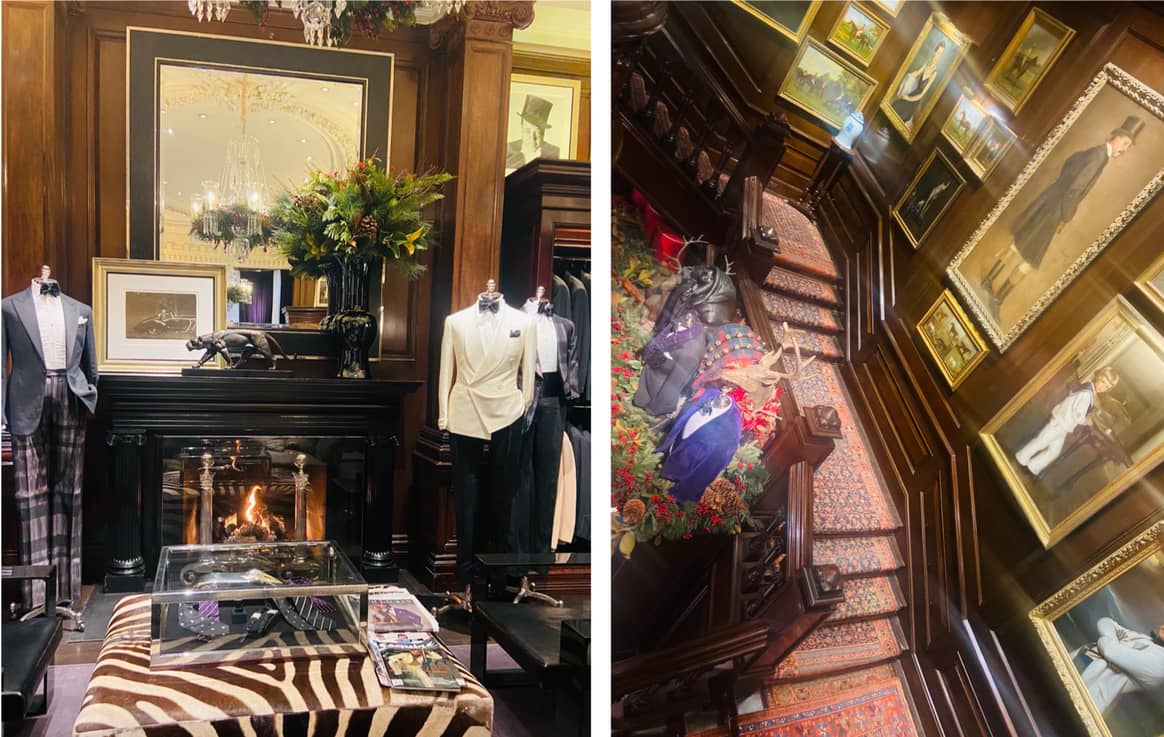Engaged in the clothing industry for 20 years.

Shopping nostalgia: The opportunity for a retail renaissance
The Christmas season is upon us again and with it comes the annual
festive feeling full of nostalgic vibes. But even outside the winter
season, nostalgia proves to be an eager shopping emotion. You may recognise
it as a (design) trend in many product lines or as the theme of new, hip
shopping experiences. And it has been making a steady march on the high
street for some time now: from small towns in the Netherlands to global
cities like New York, Tokyo and London. Where did this phenomenon come from
and, more importantly, what can you do with it?
What is nostalgia and where does it come from?
According to dictionaries, the meaning of nostalgia ranges from
“homesickness” to “longing for a romanticised past”. In the Oxford
Dictionary, however, it has an additional meaning: “Something done or
presented in order to evoke feelings of nostalgia”. With that, it is also
an external stimulus, evoking nostalgic feelings in you. And as such, it
lends itself as a rewarding theme for the appearance of products and the
decoration of shops. Think, for instance, of all those brown glass bottles
and jars at niche cosmetics stores or in the sustainable lines of
drugstores. A great example is Aesop’s shops and products. An Australian
cosmetics brand with an eye for sustainable and aesthetic values. Every
Aesop shop in the world is unique and inspired by a touch of nostalgia, but
in a minimalist-futuristic design. The shopping experience unfolds as a
sensory journey, with the interior scent holding a slightly mineral smell
rather than chemically fruity or floral, like some competitors. The
signature smell together with the (walnut) wood furnishings and brown
glassware spontaneously evoke the nostalgic feeling, and with it the deeper
association that you will find quality products here. Just like in the old
days at the trusted and expert pharmacist’s. Clearly, nostalgia presents
itself as the emotional and neurological messenger of quality, craft and
durability with high-quality care! All values that fit seamlessly with the
needs of the modern and conscious consumer. And none of this has to be
stuffy. For instance, Aesop’s minimalist-futuristic design refers to the
innovative nature of the brand.

Utrechtsestraat Amsterdam Credits: Melvin
van Tholl
Apart from being an external stimulus, nostalgia can also be triggered
internally in our emotional world. This is as a counter-reaction to our own
feelings of insecurity, which are currently triggered in abundance by the
many rapid changes and crises around us. From the primary need to keep a
grip on our lives, we fall back on what we already know. Especially if we
cherish warm feelings about it. In that respect, nostalgia fulfils the need
for security and safety. We can see this in the rise of retro store
concepts, such as hobby shops selling products with a 1950s retro design,
or record shops in cosy basements with reissued LPs from the 1970s and
1980s. The toy brand Lego has also been targeting adults in recent years
with their retro marketing, including launching a special 90s nostalgia
line. Witness the huge crowds and ringing cash registers in all these
stores. They have definitely struck the right chord with consumers with
nostalgia.
Nostalgia in fashion
Fashion retailers have also tapped into nostalgia as an attractive
shopping mood. A growing number even deploy it as a strategic tool, rigging
their entire shopping experience in a nostalgic atmosphere. Often in
combination with another distinctive theme, as Aesop does by combining
nostalgia and innovation. For inspiration, here is a selection of
international shopping streets, with a “trip down memory lane” content.
Nostalgia x vintage
This combination looks like a match made in heaven. Research by ABN Amro
shows that the Dutch vintage clothing trade is flourishing. While one in 10
clothing shops have disappeared from the high street since 2020, the number
of vintage shops has actually increased by 11 percent, to 669. And while
much of it is transacted through online platforms, there are also some
physical shops that are well worth a visit, like Oude Liefde [‘Old Love’]
in the small town of Woudrichem. Here, you can buy vintage, antiques and
kitsch. A special shop with a special story, as it is run by Coby
Frankenhuizen and her old love René. To keep with the theme, Coby scours
town and country looking for special items that were once also very
popular. Alongside these old things from the distant past, they also sell
new stuff. To quote Coby: “It’s all about making our visitors happy. And
that happens so often here, people pick up childhood memories from what we
sell.” The experience and products in Oude Liefde are more of the
‘lived-in’ vintage category, and that has its authentic charms. The powdery
scent of amber cubes (also good against moths) at the entrance gets you
entranced and invites you to explore all the nooks and crannies with hidden
treasures. That is also the strength of nostalgic boutiques that often have
a refined sensory experience that takes you on a time-travelling journey,
making a physical visit to this shop a special outing.

Credits: Melvin van
Tholl
Nostalgia x modern ambacht
In London’s Seven Dials Soho district, you’ll find Nappa Dori. Here,
nostalgia and craft come together in a modern studio setting that tells the
story of how India’s Gautam Sinha pays tribute to Indian leather craft. The
clothes, leather cases and accessories evoke the feeling of treating
yourself to a luxurious oriental train ride. It is hard to leave the shop
without memorabilia, however small, such as a scented candle that once
again evokes nostalgic feelings of returning home.

Melvin van
Tholl
Nostalgia x sustainability
From a nostalgic shopping experience, the hot topic of sustainability
can also receive a warm and casual welcome from consumers. Even with those
that are not as conscious about the topic. Filson – an American outdoor
brand – proves this with their shop and website, offering an experience
that emphasises quality, craft and heritage. The brand has been in business
since 1897 and mainly appeals to that indestructible Western feeling (see
photo at the beginning of this article). To illustrate that quality and
durability is in their DNA, they have a standard service that all
Filson-made gear is repaired throughout its lifespan.
Nostalgia x luxury
Major international brands also see salvation in nostalgia and even
build up flagships on that feeling, like at Ralph Lauren Men’s Flagship. On
Madison Avenue, you enter through a doorway that transports you to an 80’s
luxury society club of heavy dark wood, Persian rugs and velvet suits. With
many rooms or lounges, this is the ideal place to spend an afternoon
putting together your outfit with a drink on the house. Old-fashioned
hospitality also reigns supreme here, as ample time is taken for customers
to meet their needs with all due care.

Madison Avenue in New York Credits: Melvin van
Tholl
Into the future with nostalgia
Many (fashion) retailers still struggle with the major challenges in the
high street. Capitalising on nostalgia can unleash a retail renaissance,
provided there is an authentic connection to key consumer values in
execution. These include durability, quality and security. In this respect,
it is also advisable to combine nostalgia with a theme, as in the previous
examples, making you stand out as a brand. Shopping nostalgia, by the way,
refers not only to nostalgia as being an attractive shopping mood, but also
to the nostalgia of good old-fashioned shopping. As in our collective
memory, through which shopping is seen as entertainment in its own right
and shopkeepers also enjoy receiving many enthusiastic visitors. Shopping
nostalgia therefore does not stand for clinging to the old, but more for
cherishing old qualities that are worth taking into the new era.
For the upcoming festive season, I wish you joy in creating beautiful
new nostalgic moments that will help you grow in the new year.
This is a contribution by Melvin van Tholl, Customer Experience
Architect, of BLOODY BELIEVERS. The
creative-strategic agency that helps brands and companies develop
ground-breaking solutions in their customer experience. He does this for
companies both in the Netherlands and abroad. In this series, he takes you
into the wonderful world of the consumer, with lessons to make your company
future-proof from the customer experience as well.